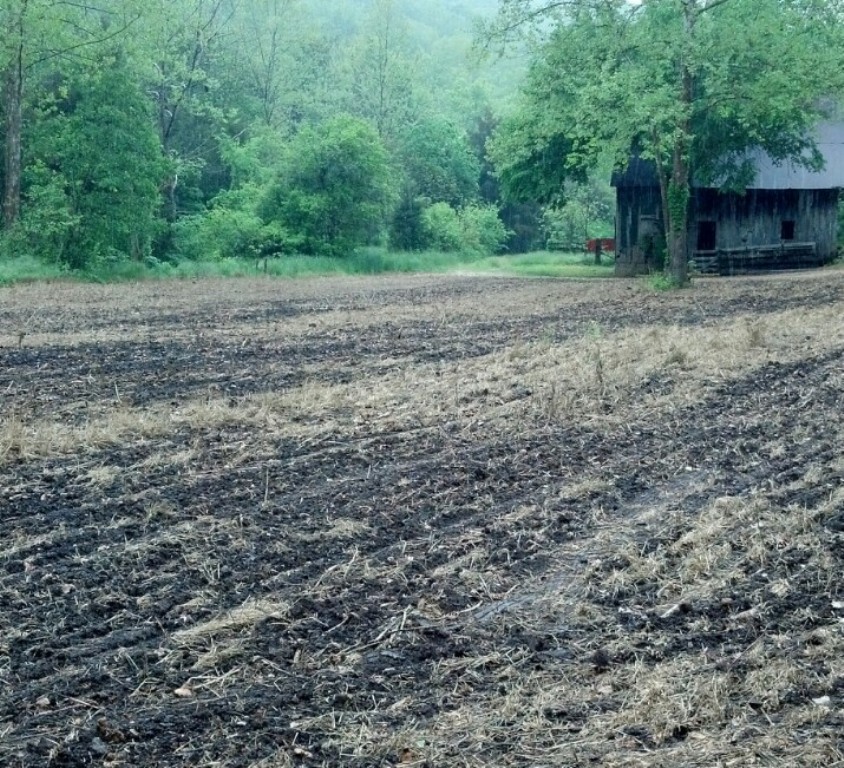Predicting Antler Growth With A Rain Gauge
Filed under: Hunting Blog, White-tailed Deer, Whitetail Habitat Management
Remember the saying “April showers bring May flowers?” Early spring showers bring more than flowers. Early spring showers bring antlers!
There is some neat research in south Texas that monitored the amount of rainfall during the early spring months and the average size of antlers produced by each age class of bucks that fall.
The results clearly demonstrated a positive relationship between spring rainfall and antler growth. The smallest average antler size per age class occurred during the two years that the least amount of rain occurred during the early spring months. The years the average antler size per age class was the largest was when the most rain occurred during the early spring months!
Clearly, ample high quality forage during the first portion of the antler growth cycle is strongly related to antler production during that year! This certainly applies to the Texas example where the majority of the land is covered by native vegetation.
I read a report the other day that only 7% of the corn and soybean crops have been planted due to the fields being too wet. The percent of these crops that are planted is way behind the previous two years. In the corn and soybean belt deer are literally forced to consume these cultivated crops as native vegetation is very rare. It’s the only thing on the menu! A wet spring in the corn belt may have the opposite effect on antler size compared to areas where native vegetation can take advantage of the spring rains.
Deer with the largest antlers and body weights are from areas with ample soybean and corn production. However, if the area where those crops are grown remains bare ground during the early spring, there’s not much for the local deer to eat. In these areas spring showers may have the opposite relationship on average antler size per age class compared to an area with quality native vegetation. 2013 is shaping up to be an interesting year for deer hunters and researchers!
Growing Deer (and learning about them) together,
Grant





